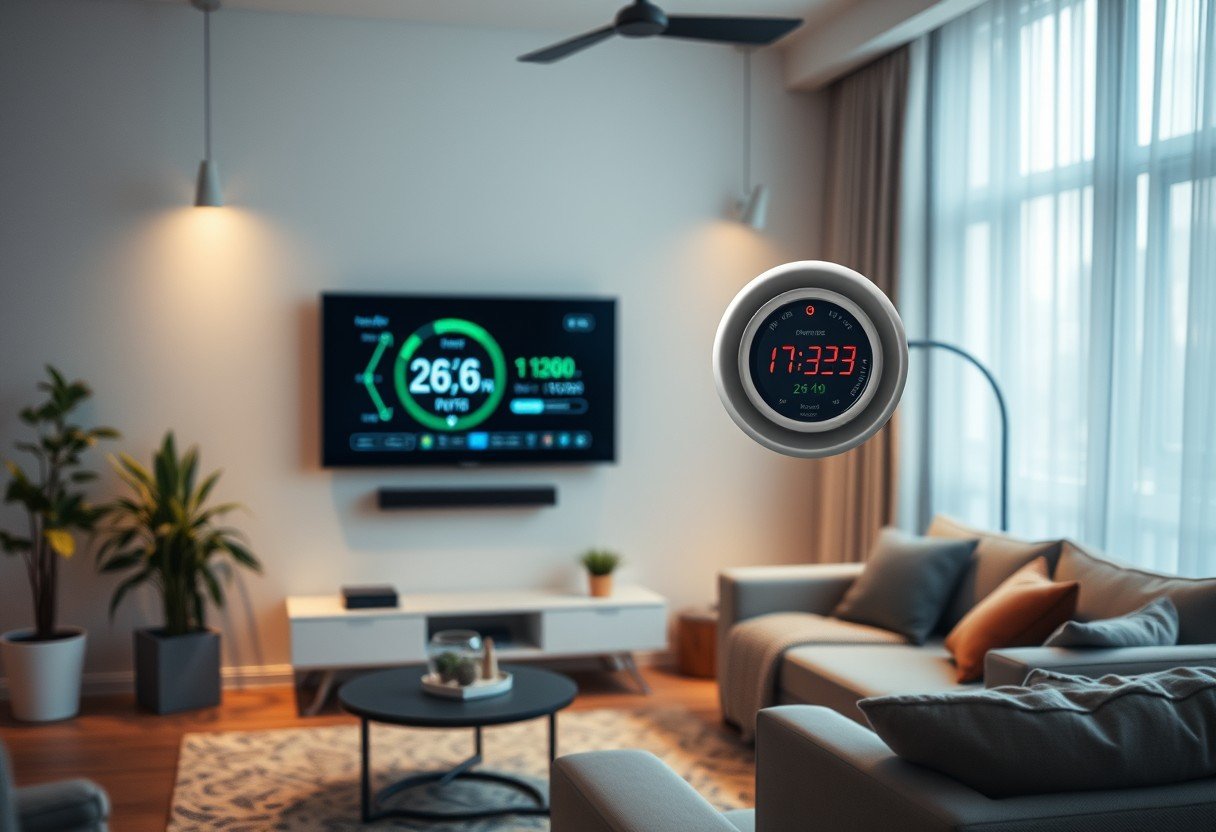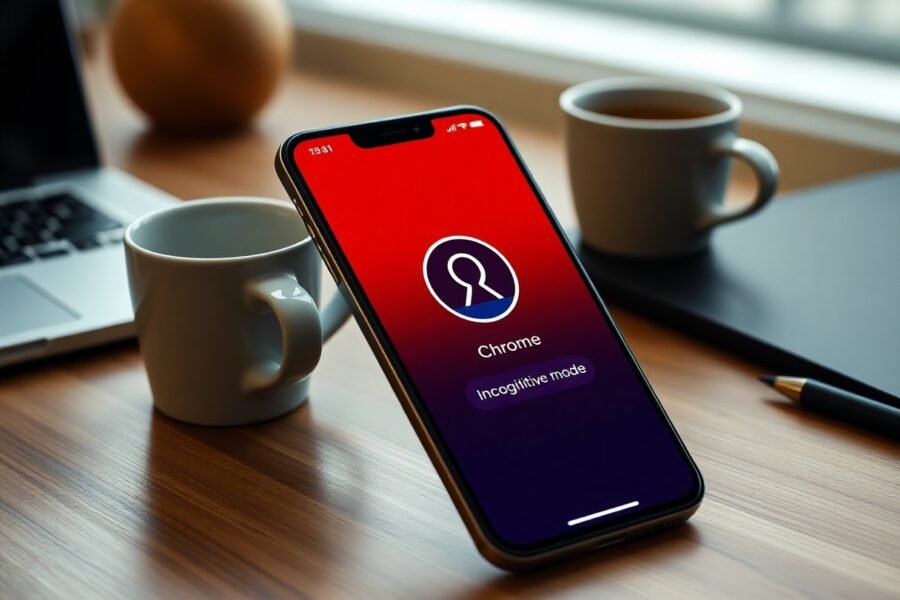Smart TVs have become the centerpiece of modern home entertainment, but how much do they contribute to your monthly electricity bill? Understanding your smart TV’s power consumption, which typically ranges from 30 to 100 watts, is the first step toward managing energy costs. Factors like screen size, brightness settings, and even how long you watch can significantly impact usage, but simple changes can help you save money without sacrificing your viewing experience.
What Makes a Smart TV Use Power?
Unlike older televisions, a smart TV is essentially a computer with a large screen. Its defining features are built-in internet connectivity and the ability to run applications for streaming services, web browsing, and more. These advanced functionalities are what set them apart and are also what contribute to their energy consumption.
These features require processors, Wi-Fi modules, and other components to be active, not just when you’re watching a movie, but sometimes even in the background. Even when your smart TV is turned off, it often remains in a standby mode to listen for commands or download updates, consuming a small but steady amount of power.
This constant connectivity allows for incredible convenience, like voice control and integration with your smart home. However, it means the TV is never truly “off” unless it’s completely unplugged from the wall outlet.
Key Factors That Influence Electricity Use
Not all smart TVs are created equal when it comes to power consumption. Several key variables determine how much electricity your specific model will draw from the wall. Being aware of these can help you make smarter choices both when buying a new TV and when using the one you already own.
The display technology is one of the biggest factors. For example, OLED TVs are generally more efficient than older LCD models because they don’t require a backlight; each pixel creates its own light. Brighter and more vibrant picture settings will also demand more energy to power the display.
Other major influences on power consumption include:
- Screen Size: A larger screen has more surface area to illuminate, which naturally requires more electricity. A 75-inch TV will almost always use more power than a 43-inch model with similar technology.
- Brightness and Contrast Settings: The factory settings are often very bright to look good in a store. Lowering the brightness to a comfortable level for your room is one of the easiest ways to reduce power usage.
- Active Features: Using built-in apps for streaming, playing games, or browsing the web can use more energy than watching content through a connected cable box. Features like motion smoothing also require extra processing power.
Smart TVs vs. Traditional TVs: An Energy Comparison
It’s a common question: are newer smart TVs more or less efficient than the older, traditional TVs they replaced? While smart TVs have more complex electronics, advancements in screen technology often make them the more energy-efficient choice overall.
Traditional TVs, especially older CRT (tube) models, were notoriously power-hungry. Modern smart TVs, particularly those with an Energy Star rating, are designed to provide a superior picture with lower energy costs. While a smart TV’s features can increase consumption, their baseline power draw during normal viewing is often lower than that of an older television.
Here is a general comparison of their average power usage:
| TV Type | Average Power Usage (Watts) |
|---|---|
| Traditional TV | 60-150 Watts |
| Smart TV | 50-200 Watts |
The range for smart TVs is wider because of the variety in sizes and features. However, many models fall on the lower end of that spectrum, especially when energy-saving modes are activated.
Understanding Energy Star and Efficiency Ratings
When you’re shopping for a new smart TV, one of the most helpful tools for gauging its power consumption is the energy efficiency rating. Labels like the Energy Star certification provide a clear indicator of how a TV performs against federal efficiency standards.
An Energy Star certified TV is independently certified to save energy without sacrificing features or functionality. These models are, on average, 25% more energy-efficient than standard options. Choosing a product with this label ensures you are getting a device designed to lower your carbon footprint and your utility bills.
These benefits extend beyond just saving money. Energy-efficient models often incorporate the latest display technologies that enhance picture quality while using less power. By opting for an efficient TV, you are supporting sustainable technology and contributing to a healthier environment.
Practical Tips to Lower Your Smart TV’s Energy Bill
You can significantly reduce your smart TV’s electricity usage with a few simple adjustments to its settings and your habits. These small changes can add up to noticeable savings over the course of a year without impacting your enjoyment.
Start by exploring your TV’s picture settings menu. Most smart TVs come with an “Energy Saving” or “Eco Mode” that automatically adjusts brightness and other settings to consume less power. Enabling this is a quick and effective first step.
Here are a few other powerful tips:
- Adjust the Brightness: Manually lower the backlight or brightness setting. Most TVs are set far brighter than needed for a typical living room.
- Turn It Off: This may sound obvious, but don’t leave the TV running in the background when no one is watching. Also, consider using the sleep timer feature to have it shut off automatically.
- Unplug When Away: If you’re going on vacation, unplug the TV completely to eliminate standby power drain, which can range from 1 to 5 watts.
- Disable Quick Start: Some TVs have a “quick start” or “instant on” feature that uses more standby power. Disabling it may add a few seconds to startup time but will save energy.
The Future of Smart TVs and Energy Savings
The technology inside smart TVs is constantly evolving, and a major focus for manufacturers is improving energy efficiency. Future innovations are set to make our entertainment hubs even smarter about how they use power.
We are already seeing advancements like adaptive brightness controls that use sensors to automatically adjust the screen’s brightness based on the ambient light in the room. This not only saves energy but also provides a more comfortable viewing experience.
As smart TVs become more integrated into smart home ecosystems, they will play a larger role in overall home energy management. Imagine your TV automatically entering a low-power state when your smart home system detects that nobody is in the room. These intelligent, connected features will pave the way for a more sustainable and efficient future.
Frequently Asked Questions about Smart TV Power Usage
How much electricity does a smart TV use compared to a regular TV?
A smart TV generally uses between 30 to 100 watts, while older TVs might use slightly more or less depending on their technology. While smart features add to consumption, modern smart TVs are often more energy-efficient overall due to better screen technology and power-saving modes.
Are there any factors that affect the electricity consumption of my smart TV?
Yes, several factors have a big impact. The main ones are screen size, display technology (OLED vs. LED), brightness settings, and how many hours you use it each day. Using streaming apps and other smart features can also increase power draw compared to just watching cable.
How can I reduce the electricity usage of my smart TV?
You can lower consumption by enabling the energy-saving mode, reducing screen brightness, and turning off features like motion smoothing. Most importantly, turn the TV completely off when you’re not using it and unplug it to avoid standby power consumption for longer periods.
How do I check the power consumption of my smart TV?
The easiest way is to check the manufacturer’s specifications, which are usually on their website or in the user manual. For a real-time measurement, you can use a simple electricity usage monitor, also known as a wattmeter, which you plug into the wall outlet.
Is it worth investing in an energy-efficient smart TV?
Absolutely. An energy-efficient model, like one with an Energy Star rating, may have a slightly higher initial cost but can lead to significant savings on your electricity bills over its lifetime. It’s a smart investment for both your wallet and the environment.









Leave a Comment